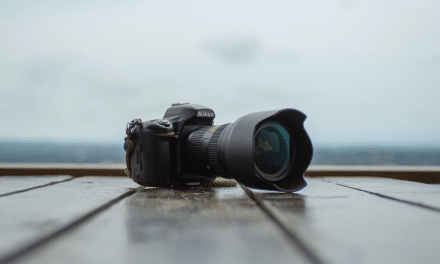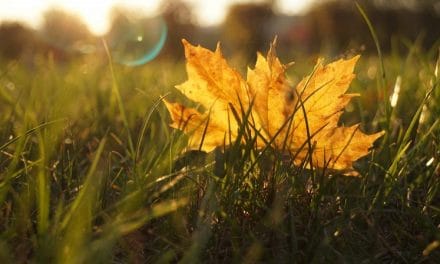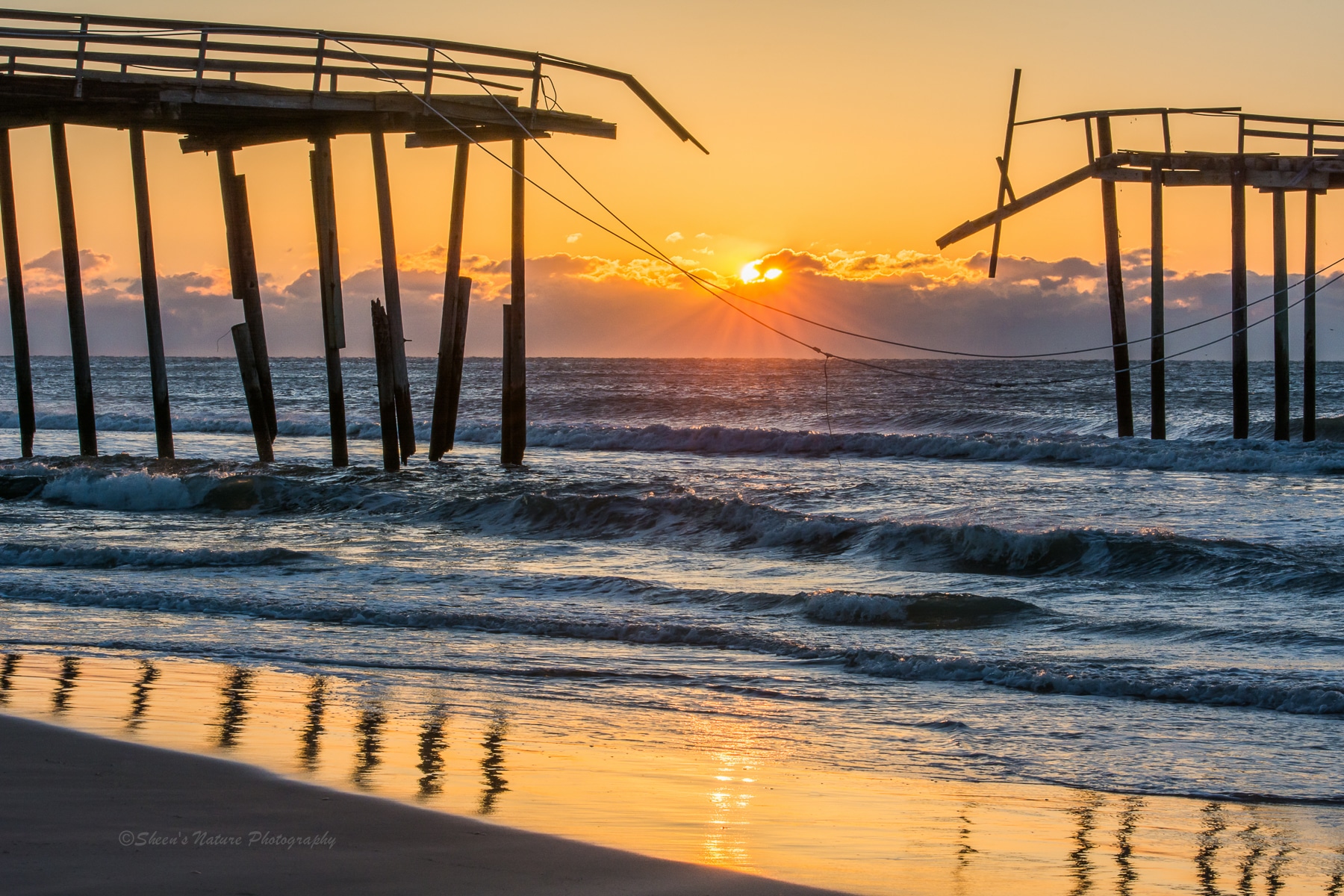Spring has definitely sprung. Nature’s vast array of quickly changing colors, foliage and landscapes have added punch from flowers representing all colors of the rainbow. You may have read Christina Harman’s recent article 10 Tips for Stunning Flower Photos with a bevy of tools and tips for photographing flowers.
When we intentionally search for flowers to photograph, a lot of us automatically reach for our macro lenses. The beautiful petals, textures, features and colors are all perfect macro moments. In photography, it’s easy to get caught up in our comfort zone. This is especially true with macro lens and flower combinations.
→ Related reading: 7 Ideas for Spring Photography Projects
Let’s shake things up a bit.
The next time you go out to shoot flowers, leave the macro at home! I remember the first time I left it behind. I walked up to a flower and immediately regretted leaving the macro in the car. Since it was two miles back to the vehicle, I had no choice but to pull out my camera with the attached nifty fifty (Nikon 50mm 1.8 prime lens). That moment was pivotal and truly validated the mantra of the best lens to use is the one on your camera (ok, bird photography excluded).
We’ll highlight flower photography examples, techniques and considerations using prime, telephoto, wide angle and macro lenses.
Prime Lenses
Primes are available at many focal lengths. These include 14mm, 24mm, 35mm, 50mm and 85mm and beyond. Primes are fast, sharp, lightweight and typically cost less than a high quality zoom.
The freedom of a prime! When photographing with a prime, such as the 50mm, I don’t bring the tripod unless I’m working with long exposures or focus stacking.
Which prime should you use?
Any prime depending on what you want to accomplish. The 50mm is very flexible allowing you to work close in and further away. The 85mm, used quite frequently in portraits, creates lovely ‘portraits’ of flowers. Wider angles such as the 14mm and 24mm can be used creatively to take in the background as a part of the flower’s story.
The flowers below were taken on the beach at sunset. I had planned on taking photos of our friends on the beach and had only the 50mm. When I saw the delicate shades of violet, my thought of photographing people vanished.
The following white woodland flowers were captured with the 85mm. This focal length pushed me further away from the subject than the up close and personal approach with the macro.
Telephoto Lenses
Flowers and telephoto lenses make a winning combination too. Just as a telephoto isolates and separates your wildlife subject from the surroundings, the same is true with telephoto lenses and flowers
Telephotos leverage distance and separate the flower from the background. First, minimize the distance between the camera and the flower. Second, leverage distance between the flower and the background. Start with big apertures (low f/stop number) to create a shallow depth of field.
The spiny cactus was about about 10 feet away from the 500mm lens. The cactus had a relatively large amount of space in front of other cacti in the background. Working with an aperture of f/7.1, the background was a soft wash of color framing the cactus.
→ Related reading: Reviews of the Best Telephoto Lenses for Canon DSLRs and Reviews of the Best Telephoto Lenses for Nikon DSLRs.
Wide Angle Lenses
Wide angles can add a creative dimension. Wide angles exaggerate depth and distort scale. In flowers, wide angles can add emphasis to our foreground subject while taking in the overall area. To achieve the effect, move in close to your flower as in the tulips below. Notice how the center appears much closer and larger in scale than the others in the bouquet.
→ Related reading: Reviews of the Best Wide Angle Lenses for Canon DSLRs and Reviews of the Best Wide Angle Lenses for Nikon DSLRs
The image below takes in a large field of view including both the field of flowers and big sky.
Macro Lenses
Macro photography lenses have a life size magnification of a 1:1 ratio. The ranges of macro focal lengths start from 40mm and reach up to 200mm. The shorter focal lengths require moving in closer to the subject. The longer the focal length, the greater the working distance. Longer focal lengths such as 100mm and up are helpful when photographing skittish subjects such as bees and butterflies. A 150 – 200mm provides the greatest working distance.
→ Related reading: Tips for Macro Flower Photos
The honeybee on the sunflower was taken using a Nikon 105mm. Tip: Bees, butterflies and insects move slower in the morning when the temperature is cooler so you may want to start early.
The longer the macro length, the higher the price in most cases. Balancing how much you want to spend and what working distance you need will help guide your purchase.
→ Related reading: Reviews of the Best Macro Lenses for Canon DSLRs and Reviews of the Best Macro Lenses for Nikon DSLRs
Photography Tips for Versatility & Fun in Post Processing
- Take multiple images of the same perspective using multiple f/stops – start with the most shallow depth of field (big aperture/small f/stop number) and work your way down.
- Bracket exposures for working with HDR or simply for more to choose from in post processing (tripod needed)
- Take multiple focal points for focus stacking your images in post processing (tripod needed).
On your next flower shoot, before reaching for the macro, commit to using a different lens. Apply multiple f/stops, bracket exposures and hone in on different focal points. The results will delight you.
Photo license link: CC BY 2.0



















i just started taking medicinal plants photos using kit lense of canon 200d and cheap 50 mm lense (yongnuo 50 mm). thanks for the lenses reference.